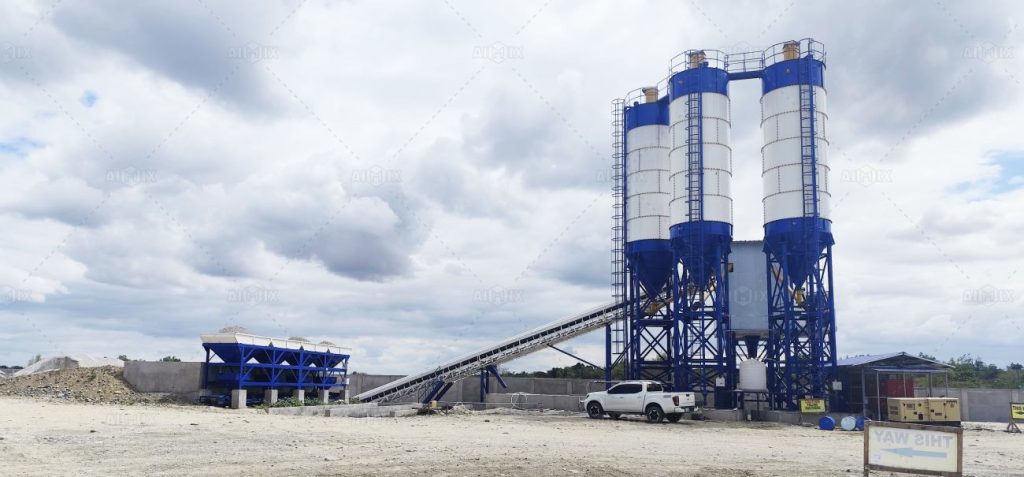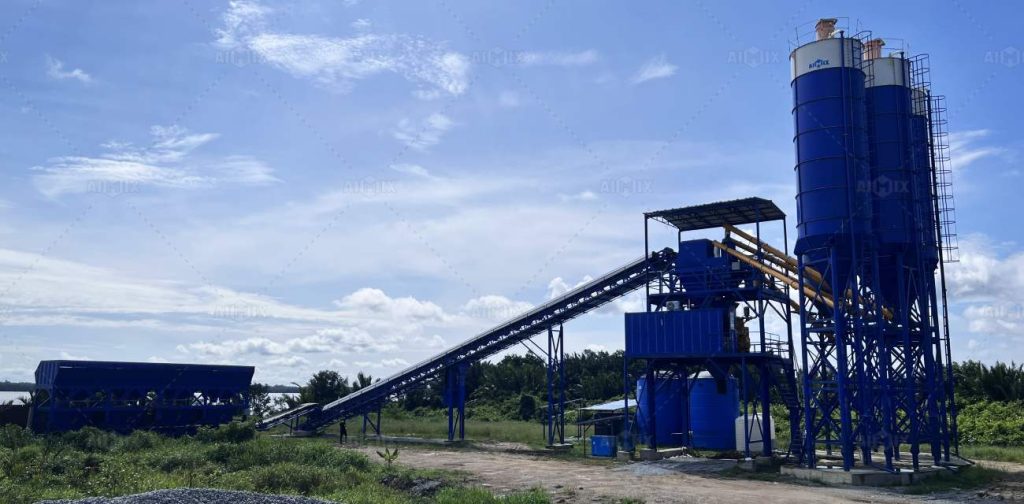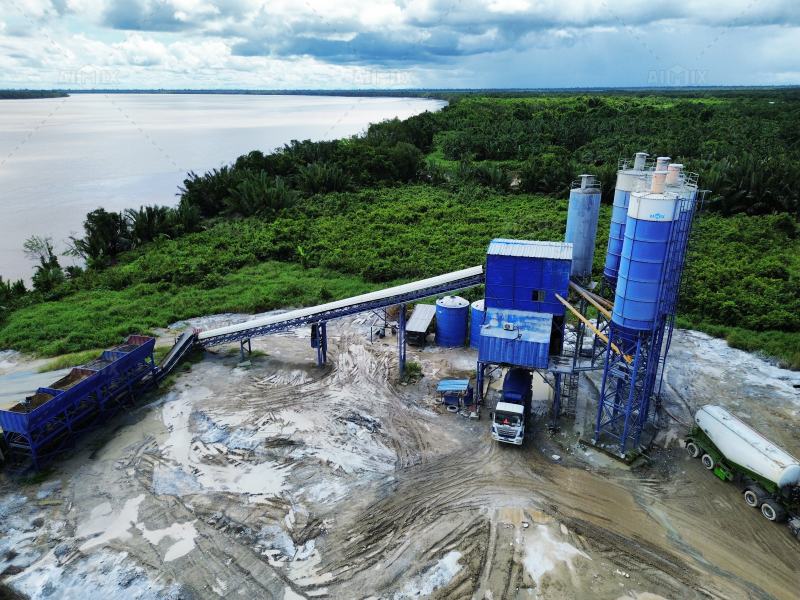Setting up a Ready-Mix Concrete (RMC) plant business can be a profitable venture, especially with the rising demand for efficient, high-quality concrete in modern construction. However, one of the most critical factors for potential investors, contractors, and entrepreneurs is understanding how to accurately calculate RMC plant cost, particularly when local conditions can significantly affect capital and operational expenditures.
Whether you’re a startup entering the construction materials industry or one of the established ready mix concrete plant companies expanding into new regions, local factors such as land prices, labor availability, materials, transportation, and regulations will influence the final cost of installing and operating an RMC plant.
In this guide, we break down the key cost components and explain how local variables play a vital role in determining the total investment in a concrete batch mixing plant.

Understanding the Basics of RMC Plant Cost
Before diving into regional differences, it’s important to understand the general structure of RMC plant cost. Typically, the investment is divided into:
Capital Costs:
Land acquisition
Civil construction (foundation, shed, office)
Machinery and equipment
Electrical and water supply setup
Transportation and installation
Operational Costs:
Labor and staffing
Utility bills (electricity, water, fuel)
Raw materials (cement, sand, aggregates, admixtures)
Maintenance and spare parts
Permit fees and taxes
These costs can vary widely depending on local conditions. Let’s explore how each category is affected and what strategies can help you manage them.
1. Land and Infrastructure Costs
Land price is perhaps the most location-sensitive component of the RMC plant cost. In urban areas, especially in countries like India, the UK, or the Philippines, land can constitute a significant portion of the total capital investment. Conversely, rural or industrial zones offer more affordable land options but may increase transportation costs.
Tip: Look for industrial zones or government-approved construction areas where land costs are lower and zoning permits are easier to obtain.

2. Equipment and Machinery Costs
The cost of a concrete batch mixing plant depends on its capacity and type—mobile batching plants are typically less expensive and more flexible, whereas stationary plants are suited for large-volume, long-term production.
Standard equipment includes:
Batching machine
Cement silos
Screw conveyors
Control systems
Mixers (pan, planetary, twin shaft)
Local Conditions Impact: Import duties and logistics costs can raise prices in remote or island regions. Some ready mix concrete plant companies offer localized manufacturing or regional support, reducing import-related expenses.
3. Labor and Staffing
Labor cost and availability are major variables when estimating RMC plant business expenses. In countries like India or Bangladesh, labor is relatively affordable. In contrast, countries like Australia or the UK have higher labor costs, impacting operational expenses significantly.
Considerations:
Skilled labor for plant operation
Unskilled labor for material handling and cleaning
Plant manager and quality control staff
Automation Option: Investing in semi- or fully-automated control systems can reduce labor costs over time, though they require a higher initial investment.
4. Raw Material Availability and Cost
The cost of raw materials such as cement, aggregates, sand, and chemical admixtures varies by region. If these are readily available locally, it can greatly reduce your production cost.
Logistics Note: The farther the plant is from raw material suppliers or aggregate mines, the higher the transportation costs. Some RMC plant business owners form partnerships with local quarries to ensure stable pricing and supply.

5. Local Regulations and Compliance
Compliance with local environmental and construction regulations can also affect RMC plant cost. For example:
Noise and dust control requirements
Licensing and business registration fees
Waste management and recycling systems
Safety and labor laws
Countries with strict environmental standards, such as those in the EU or North America, may require additional investment in pollution control systems or wastewater treatment.
6. Utility Setup and Fuel Prices
Setting up an RMC plant requires a consistent power and water supply. In some remote or underdeveloped areas, you may need to invest in:
Backup generators
Bore wells or water tanks
High-voltage electrical transformers
Fuel prices for transport vehicles (concrete mixers, loaders) also differ by region and impact your delivery cost structure.
7. Transportation and Delivery Costs
If you’re delivering concrete over long distances, you must factor in vehicle maintenance, fuel, driver wages, and delivery timing. Urban areas with high traffic may require more vehicles to maintain delivery schedules.
Mobile batching plants offer a solution here by allowing you to move the plant closer to the job site, reducing delivery time and cost.
Conclusion: Adapt Your RMC Plant Cost to Local Conditions
Launching a successful RMC plant business requires a deep understanding of not just the technical aspects, but also the economic and regulatory environment of the region. From land and labor to raw materials and licensing, each factor must be considered carefully to create a realistic and efficient cost model.
For companies and investors exploring the ready mix concrete space, partnering with experienced ready mix concrete plant companies or local contractors can ease the setup process. Whether you’re setting up a stationary concrete batch mixing plant in a city or a mobile RMC plant in a remote project zone, adapting your plan to local conditions is key to long-term profitability.
